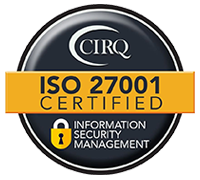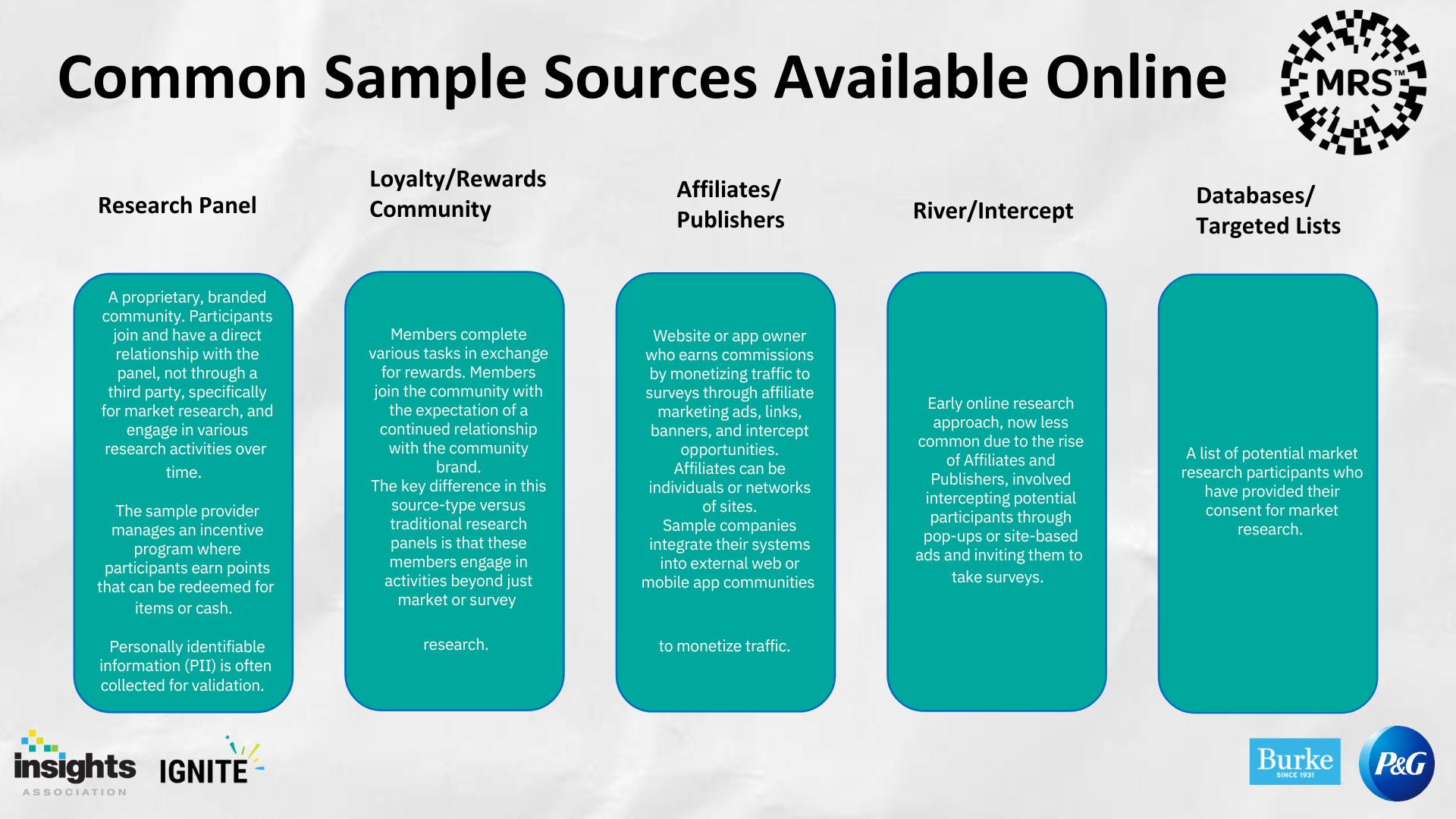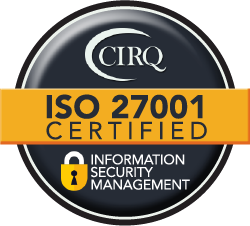Beyond the Pattern: Insights Only Real People Can Reveal
Artificial intelligence is reshaping the insights industry at an extraordinary pace. AI qualitative research has introduced new tools, new models, and new workflows that continue to push the boundaries of what is possible, tempting researchers with faster timelines and cleaner datasets. Yet beneath that excitement sits an important question: where does synthetic data strengthen the work, and where does it still fall short?
To explore that question, L&E Research conducted two complementary studies. The first took place in the spring and centered on bathroom habits, an intentionally human, messy topic that revealed notable gaps in how synthetic respondents interpret personal behaviors and contextual cues. The second study, completed this fall, examined breakfast habits using a more advanced methodology built inside CondUX. This allowed us to test how synthetic respondents handled logic-heavy branching, object detection, and emotionally driven open-ended tasks, all in parallel with a panel of sixty real people.
Together, these studies gave us a grounded, evidence-based view of what synthetic data can do well and where human insight still matters. The findings are neither alarmist nor celebratory. They are practical and measured, shaped by what happened when we put two respondent types through the same workflows. The results offer a clear direction for researchers who want to use synthetic respondents responsibly and effectively.
What Synthetic Data Did Well
Across both studies, synthetic respondents performed strongly when the task relied on structure, logic, and clear informational cues. They handled formatted questions accurately. They moved through complex branching without friction. They delivered consistent reasoning, tidy patterns, and clean distributions. For general trends or macro-level norms, synthetic outputs often aligned with the human panel. For example, all groups recognized comfort and scent as primary drivers of bathroom product choices, and nearly all showed similar attitudes toward basic hygiene habits and price sensitivity.
In the breakfast study, synthetics performed equally well when the question centered on observable behavior. When asked to estimate the percentage of people who skip breakfast, they offered clean, narrow ranges grounded in public data. When asked about the types of foods people tend to eat in the morning, their answers mirrored common consumer patterns. In these cases, the synthetic panel provided quick, directional insights that were easy to analyze.
The engineering work invested in building L&E’s synthetic panel also made a meaningful difference. The persona engine introduced individuality and response variability. The use of model combinations created a balance between speed and quality. Deterministic logic ensured that the branching path followed expected rules. These choices produced synthetic respondents that were more mature, more consistent, and more capable than in our earlier testing. They were still pattern-driven, but they were better at producing human-like variation within those boundaries.
All of this reinforces that synthetic respondents are valuable for certain uses. They can support early exploration, provide fast pulses before engaging real participants, and act as an efficient test bed for survey logic. They can also reveal formatting issues, help identify biases in question structure, and produce clean bulk data when speed is the highest priority. In these areas, the strengths of synthetic panels can save time, reduce cost, and support stronger research design.
Where Synthetic Data Fell Short
Although the synthetic panel handled structure well, it struggled consistently with emotion, contradiction, and personal context. When asked to share memories or describe feelings, synthetics provided warm vocabulary without lived grounding. Their emotional tone had polish, but not depth. In the smell memory task, synthetics created vivid scenes instead of authentic recollections. They described cinnamon and orange peels simmering on a stove, but never linked those images to real people, experiences, or moments.
This pattern repeated across open-ended responses. Humans spoke about parents, childhood routines, comfort, stress, and identity. They recalled mornings that had gone wrong, the rituals that held meaning, and the ways breakfast shaped their day. Synthetic respondents spoke in structured generalities. They offered interpretations that were plausible, but not personal. They followed linear reasoning, rarely contradicted themselves, and rarely displayed the spontaneity or unpredictability that characterizes real human behavior.
Visual outputs revealed similar limitations. In the bathroom study, synthetic images looked pristine and over-engineered, with little sense of real-world imperfection. In the breakfast study, freezer images generated by synthetics fell apart even as more effort was applied to improve variability. Increased engineering did not consistently yield more realistic results. In fact, the harder the system was pushed to create natural randomness, the more artificial the images became.
The most striking limitation surfaced when the AI was asked to classify the two datasets. It reviewed the human panel and synthetic panel and confidently asserted that panel A was human and panel B was synthetic. It was wrong. When asked why it misinterpreted the data, the model explained that it made its determination based on pattern recognition. It acknowledged that one dataset looked more structured and normalized, so it assumed that one was synthetic. The realization was important. Confidence did not mean accuracy, and pattern-driven thinking did not equate to human understanding.
This moment made something clear. Even when synthetic respondents look convincingly human, especially at first pass, the source of their output is fundamentally different. They respond to patterns. They do not respond to experience. Synthetic data is a powerful tool, but it does not replace the grounding that comes from real human insight.

Why Methodology Matters in AI Qualitative Research
The design decisions in the breakfast study highlighted the importance of building research that is intuitive for people. By leaning into image uploads, video responses, and object detection, the study created moments that felt natural and familiar. Participants engaged with the questions the way they would engage in everyday routines. This allowed us to observe how synthetics navigated the same experiences.
Regions of difference appeared clearly. Humans offered wide ranges of interpretation because lived experience varies. Synthetic respondents stayed within narrow, predictable bands. When object detection revealed inconsistent behavior, humans explained it through life context. Synthetics explained it through clean logic. When mornings went wrong, humans shared stress, panic, humor, and self-reflection. Synthetics shared sequences. The structure of the study amplified the contrast between the two respondent groups, and it made the findings easier to interpret.
The quality of the methodology also demonstrated how a platform like CondUX can elevate insight. Designed for people first, the study flow became smoother and more intuitive. The same design principles can improve synthetic processing by clarifying intent and reducing ambiguity. This dual benefit creates an environment where human-centered design, strong logic, and modern tools support both types of respondents.
A Practical Future for Synthetic Data
The future of synthetic data in AI qualitative research is not a matter of replacement. It is a matter of fit. There are places where synthetic can strengthen the work and places where it cannot. The responsible path is to use it with intention, knowing when it provides value and when it introduces risk.
Synthetic data is useful for the early stages of research. It can help test surveys, explore broad ideas, compare multiple concepts, and simulate missing segments. It is efficient for bulk analysis and can generate large sets of open-ended comments when the goal is volume rather than nuance. It is a valuable tool for reducing cost and saving time, particularly in early exploration or when the task does not rely on emotional depth.
Human participants remain essential for the parts of research that require meaning. Emotion, trust, comfort, cultural context, loyalty, fear, hesitation, and memory are not yet areas synthetic panels can replicate. Humans tell stories. They contradict themselves. They surprise us. They make decisions that do not always follow logic. All of this matters when the goal is to understand why people behave the way they do.
The findings from these two studies reinforce a simple conclusion. The future of insights is hybrid. Synthetic provides speed and structure. Humans provide depth and truth. Together, they can help researchers balance quality with efficiency.
The Takeaway for AI Qualitative Research
Synthetic respondents have come a long way in a short time. They offer significant advantages in speed and consistency, and they can support researchers in promising ways. At the same time, they cannot yet replicate the complexity, unpredictability, or emotional richness of human behavior. When the study is simple, those gaps are visible. When the study becomes complex, they grow.
What our research showed is not a verdict about technology. It is a reminder that tools and people serve different roles. Synthetic is a supportive partner, not a substitute. Used wisely, it can strengthen the research process. But the heart of qualitative work still comes from people. Their contradictions, context, and lived experiences shape insight in ways no model can fully imitate.
If synthetic struggles with simple tasks, it will not be ready for the complex ones. That is not a criticism: it is a direction for where we go next. The work ahead will continue to blend strong methodology, thoughtful design, and human understanding with the power of modern AI. That is how we will keep learning, keep evaluating, and keep improving the tools that will shape the next era of insights.


















